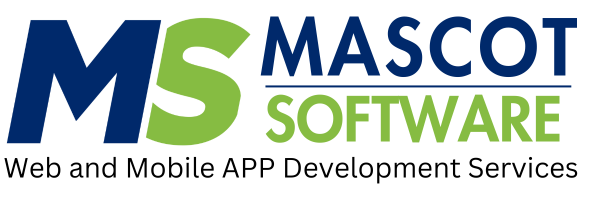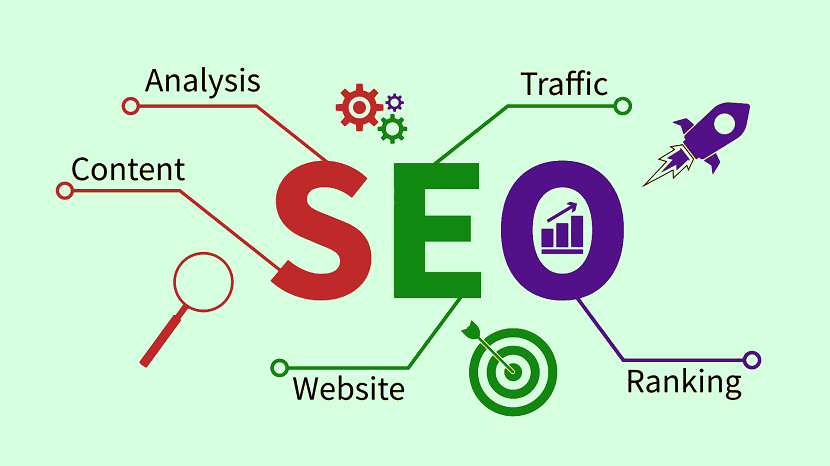
In the vast landscape of e-commerce platforms, PrestaShop stands out as a robust and adaptable solution for businesses of all sizes. Whether you're a startup looking to launch your first online store or an established enterprise seeking to expand your digital footprint, PrestaShop offers the tools and flexibility you need to succeed.
What is PrestaShop?
PrestaShop is an open-source e-commerce platform that empowers you to create and manage your online store with ease. It's built on PHP and uses a MySQL database, providing a solid foundation for your e-commerce endeavors. Its open-source nature means you have access to a vibrant community and a wealth of resources to help you along the way.
Key Features and Benefits:
-
Open-Source and Free: PrestaShop is free to download and use, making it an affordable option for businesses on a budget.
-
Customization: With a vast library of modules and themes, you can tailor your store to match your brand and meet your specific needs.
-
Scalability: PrestaShop can handle growing product catalogs and increasing traffic, ensuring your store can scale with your business.
-
SEO-Friendly: Built-in SEO features help you optimize your store for search engines, driving organic traffic and boosting visibility.
-
Multi-Language and Multi-Currency: Expand your reach globally with support for multiple languages and currencies.
-
Inventory Management: Efficiently manage your stock levels, track orders, and streamline your fulfillment process.
-
Payment and Shipping Options: Integrate various payment gateways and shipping carriers to provide a seamless checkout experience for your customers.
-
Community Support: Access a large and active community of developers and users who can provide assistance and support.
Modules and Themes:
PrestaShop's modular architecture allows you to extend its functionality with a wide range of modules. From payment gateways and shipping integrations to marketing tools and SEO enhancements, modules provide the flexibility to customize your store to meet your specific needs. Themes allow you to alter the look and feel of your store, ensuring it reflects your brand's unique identity.
SEO Best Practices:
-
Keyword Research: Identify relevant keywords that your target audience is searching for.
-
On-Page Optimization: Optimize product pages, category pages, and blog posts with relevant keywords.
-
Meta Descriptions and Title Tags: Write compelling meta descriptions and title tags to improve click-through rates.
-
URL Optimization: Create SEO-friendly URLs that are concise and descriptive.
-
Image Optimization: Optimize images with descriptive alt text and compress them to improve loading speeds.
-
Link Building: Build high-quality backlinks to improve your store's authority and ranking.
-
Mobile Optimization: Ensure your site is mobile friendly, as mobile optimization is a large ranking factor.


.jpg)



